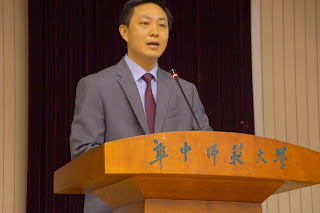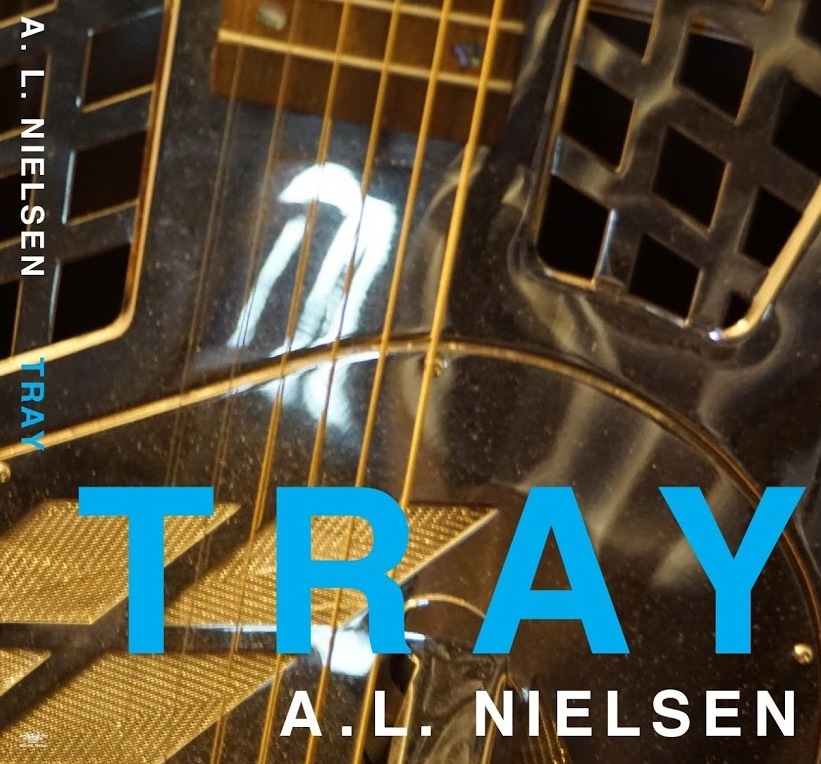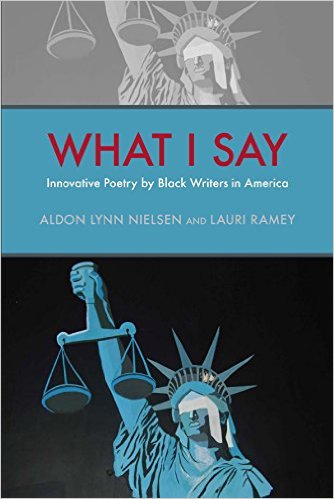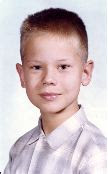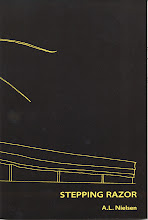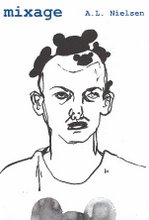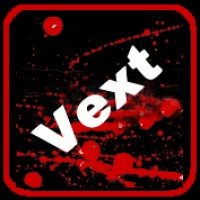The morning after the conclusion of the CAAP conference I was up early for the walk over to the Foreign Languages Building and two final lectures by Yunte Huang (who spoke on anagrammatic poetics) and Hank Lazer (who addressed the evolution of his poetry, with an emphasis on his recent visual works). After that, it was all sight seeing and visiting with my new friends. Wei Yan guided me through the Hubei Museum and around East Lake. Professor Linaggong Luo, our host for the conference, took Jerry Ward and me on a whirlwind tour of the 1911 revolution museum, the Yellow Crane Tower and a beautiful shrine to the friendship between an ancient musician and his fisherman friend. At the shrine, I thought about the friendships I had made on this trip. There is a place to the side of the shrine where, over many years, people have placed locks with the names of their great friends. I think the apperception of the music of friendship (to use the word that the Chinese translators at the shrine know even if the spell checker on my computer does not) is something that will stay with me from this trip.
Friday, June 21, 2013
Thursday, June 20, 2013
CHINESE AMERICAN ASSOCIATION FOR POETRY AND POETICS - Day 2
The second day of the CAAP conference in Wuhan reversed the order of the previous day, with concurrent sessions starting early (8:10 AM) followed by plenary sessions in the afternoon. I went to the ethnic lit sessions first thing, where I heard work on Derek Walcott (this by Elizabeth Eck, visiting from the USA on a mini-Fulbright), Ralph Ellison, Nuyorican Poetry, Sherley Anne Williams, John Edgar Wideman, Rita Dove, Toni Morrison, Chicano Poetry, Nadine Gordimer, etc. As you can see from this list, the conference was not entirely restricted to poetry, and the list of topics very much reflects what we might find at your average literature conference in the U.S.A. It did strike me that the Wideman paper was on the earlier novel The Lynchers, and that there was a paper on debates on African American literary theory, both topics often missing from U.S. conferences. The Chinese follow a different panel organization model from what we are used to in America; some panels had as many as eight presenters.
The afternoon offered two plenary sessions. During the first, I presented a portion of my continuing work on Umbra poet Lloyd Addison, as a case study in recovery of African American avant gardes. I was joined on that panel by my old friend Yunte Huang, addressing the soundscape of American poetry, and conference organizer Luo Linaggong, who spoke on sound in the work of Sonia Sanchez. (Following the conference I was able to send Professor Luo a photo I took of Sonia Sanchez wearing the Chinese jacket he had presented to her during his residency in Philadelphia.) The response to our papers came from Youngmin Kim, who I had met at one of the American poetry conferences at the University of Maine. After a tea break, the second plenary brought papers from John Zheng (who teaches in the U.S.A.), Akitoshi Nagahata, who spoke about a posthumous collection of works by Theresa Hak Kyung Cha, and Zhang Yuejun. The conference closed out with a ceremony and banquet, much toasting with "spirits" at all tables -- but that was not the end. Several scholars were staying over for further lectures to the CCNU grad students.
Wednesday, June 19, 2013
Chinese American Association for Poetry and Poetics
Following my four days of lecturing on African American poetry and its reception for the welcoming grad students at Central China Normal University, it was time for the second conference of the Chinese American Association for Poetry and Poetics. Marjorie Perloff and Charles Bernstein had been on hand to inaugurate the association at its first conference. This year's gathering reunited me with old friends Hank Lazer and Yunte Huang. Also there from the U.S. were Susan Stewart, Jerry Ward and others. Presenters came largely from China, Japan and Korea, but there were a few outliers from other parts of the globe as well.
I was serving as respondent on the opening plenary panel, and offered commentaries on papers by Susan Stewart, who used readings of Emily Dickinson to address questions of "over" and "under" interpreting, and Hank Lazer, who spoke of Oppen and Eigner and their potential for Chinese readers. That was followed by concurrent panel sessions back at the School of Foreign Languages. I made it to presentations on Pound, Williams, Stevens, Olson, Duncan, cummings, Post-WWII English Studies in Japan, and more general talks on modernist aesthetics and Objectivism.
We had a massive banquet back at the hotel, and then a group poetry reading at the conference center. Steve Tracy, who I had last seen two decades ago, was one of a trio of MCs and kicked things off with a stunning performance of poetry by Sterling Brown accompanied by Tracy's own blues harp. As someone who plays the instrument, I know what I'm listening to, and Steve Tracy is a consummate Blues musician. I gather from what the CCNU grad students were telling me that he is equally compelling as a classroom professor. Poetry readings were in English and Chinese, and the organizers had published the poems in the program so that we could all follow along.
Subscribe to:
Posts (Atom)











































